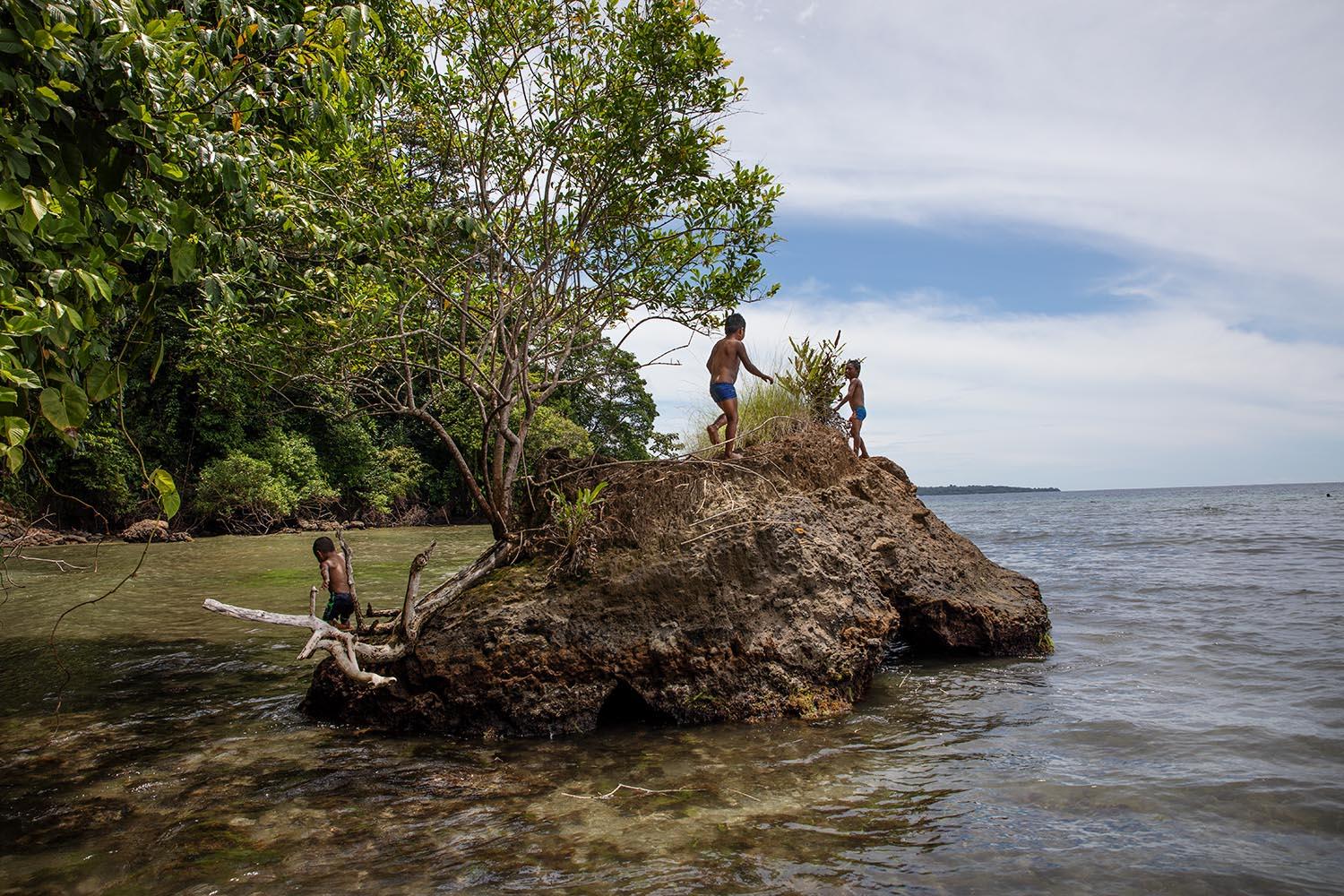
Chuito brothers plays on a natural rock at Solarte Island. Bocas del Toro....
READ ON
Chuito brothers plays on a natural rock at Solarte Island. Bocas del Toro. Panama. Solarte Island is one of the seven Island of the Bocas del Toro Region.
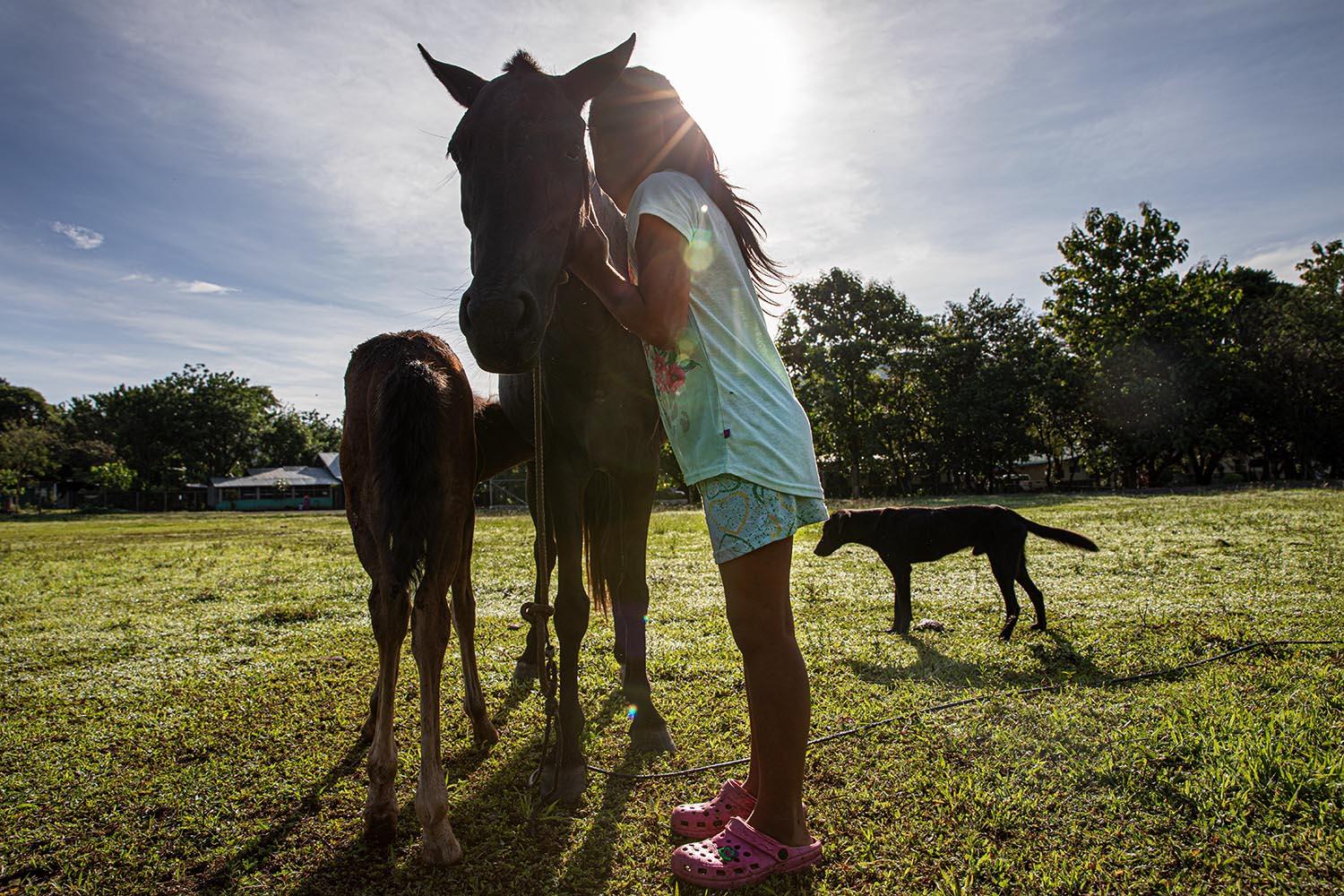
Ngäbe girl playing with her pony. Piró, Panamá. These...
READ ON
Ngäbe girl playing with her pony. Piró, Panamá. These indigenous communities have a direct bounding with nature and domestic animals.
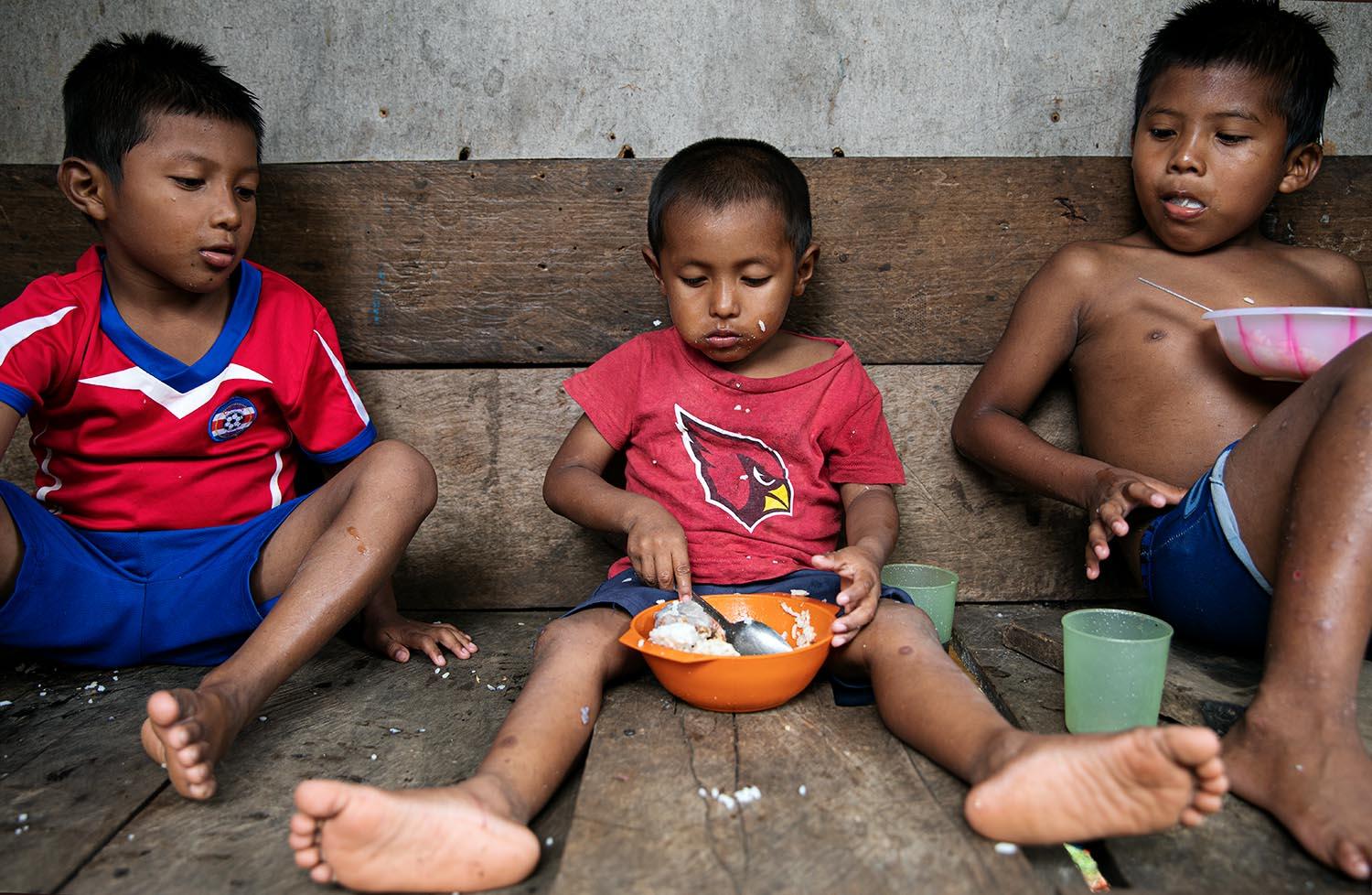
Amilcar and Rey Chuito are having diner with their cousin. Food is mainly...
READ ON
Amilcar and Rey Chuito are having diner with their cousin. Food is mainly rice and yucca. Chicken or fish are very coveted. Most of these indigenous communities lack filtered water at home. Solarte Island. Bocas del Toro. Panamá.
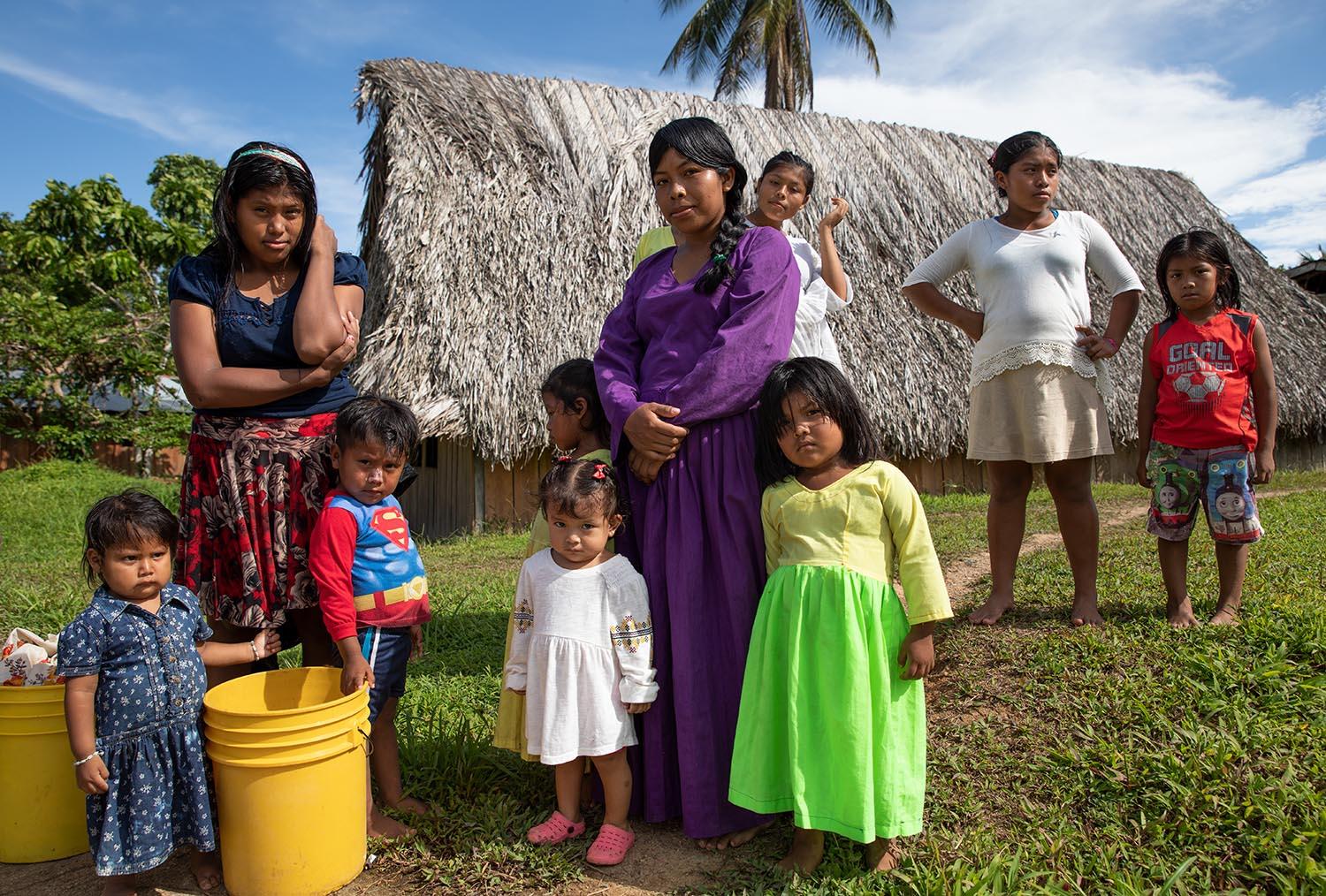
Ngäbe women with her children and water tanks for drinking water. Popa...
READ ON
Ngäbe women with her children and water tanks for drinking water. Popa Island, Bocas del Toro. Panama. Some remote Islands in the region keeps most of their traditional layer. Most women and men dress with their cultural clothes. In this island the practice of their religion Mama Tatda is very important.
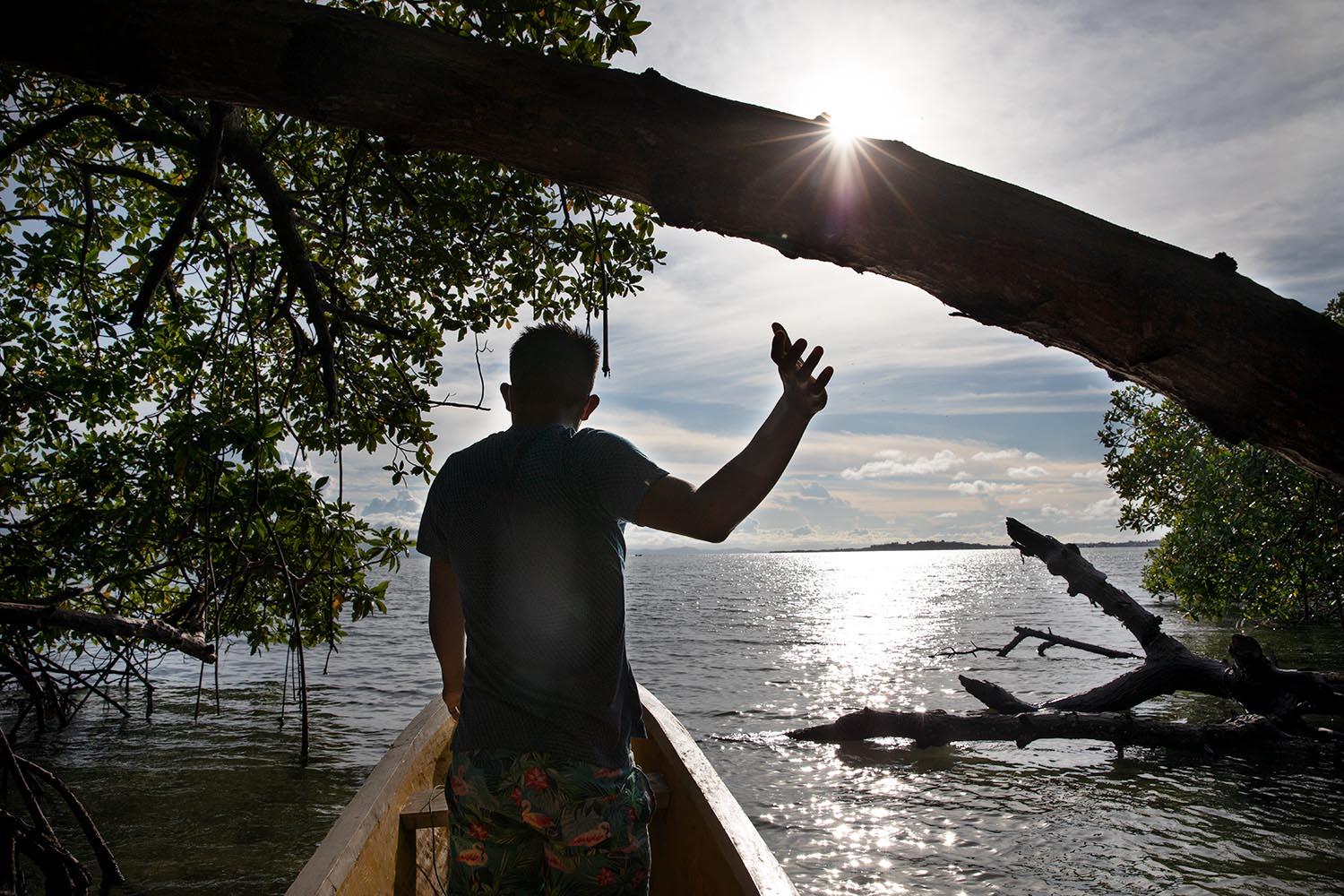
Young Ngäbe man sailing to fish. Solarte Island. Bocas del Toro....
READ ON
Young Ngäbe man sailing to fish. Solarte Island. Bocas del Toro. Panamá. Octavio Chuito as most of the community depends on fish for subsistence. Mangroves are disappearing around Solarte island, leaving the island with less protection.
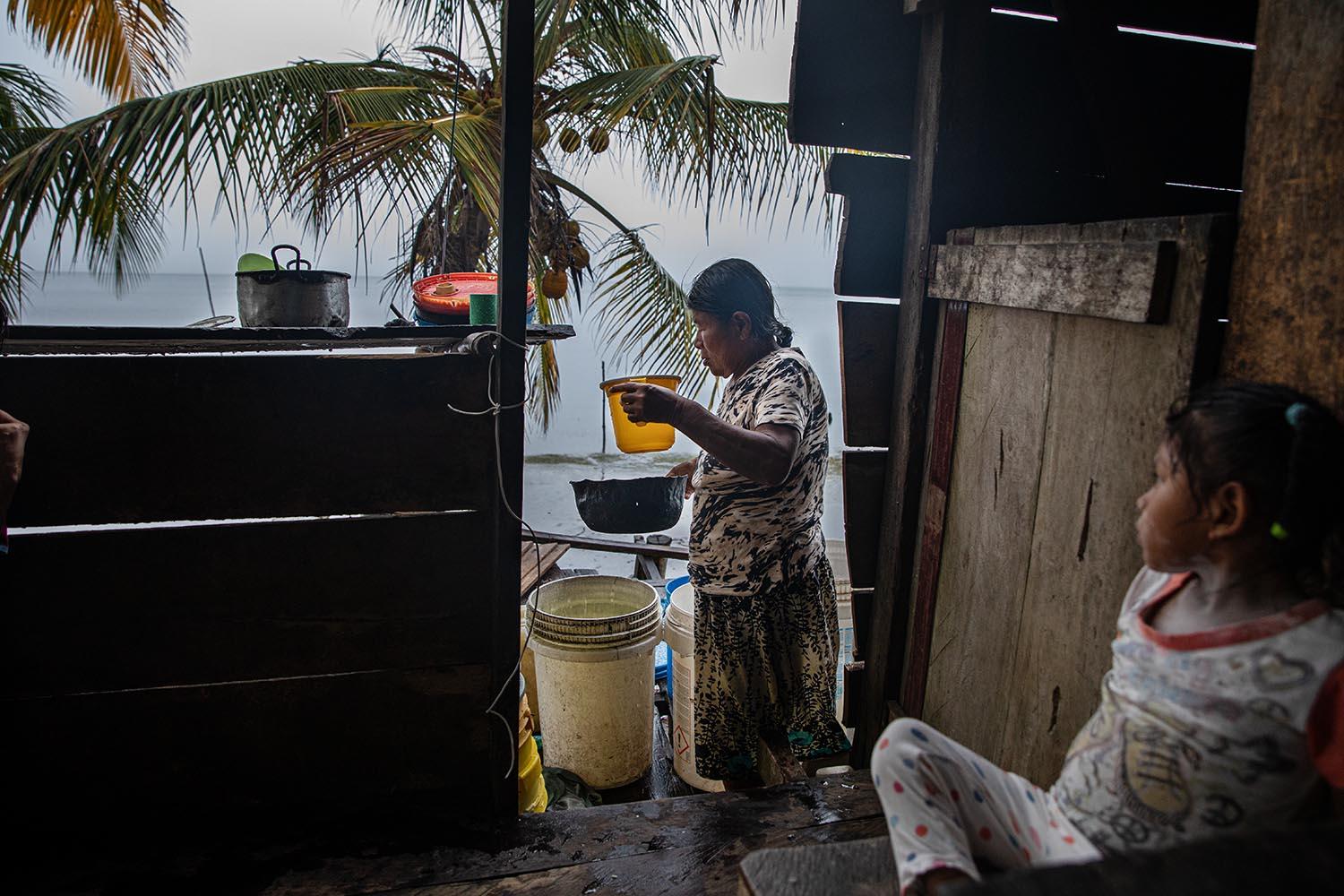
A Ngäbe indigenous woman taking some drinkable water from the water...
READ ON
A Ngäbe indigenous woman taking some drinkable water from the water collector. Cayo de Agua Island. Bocas del Toro. Panamá. Mariana Hooker relies on rain water to cover her daily basic needs. Global warming is reducing rainy season and the availability of drinkable water.
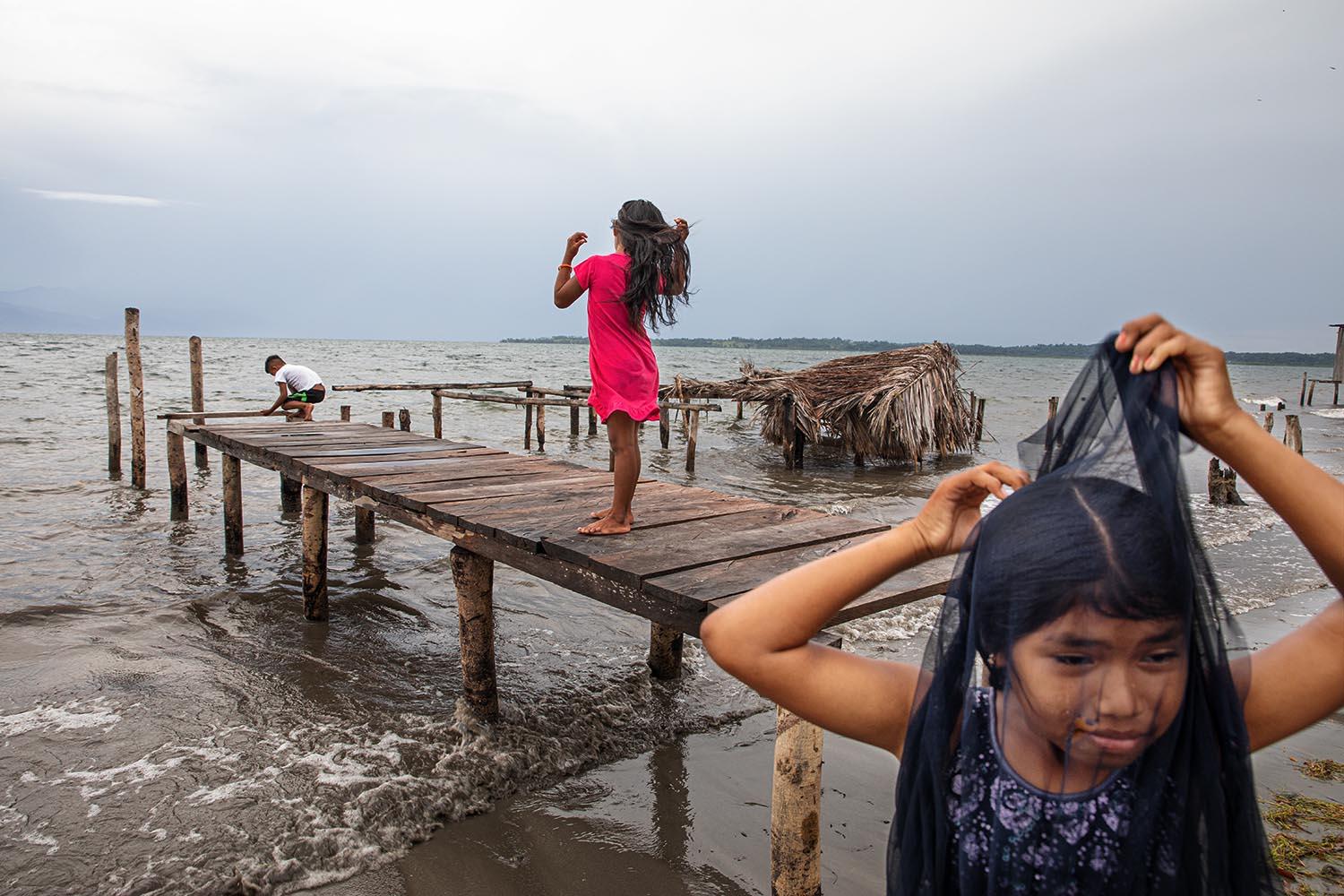
Ngäbe girl walks in the beach. Cayo de Agua Island, Bocas del Toro....
READ ON
Ngäbe girl walks in the beach. Cayo de Agua Island, Bocas del Toro. Panama. Some of these Islands shows high rise sea levels and pollution. The Ngäbe people estimate a sea level increase of 6 m since 2012. Wind can be tough too and destroy their houses.
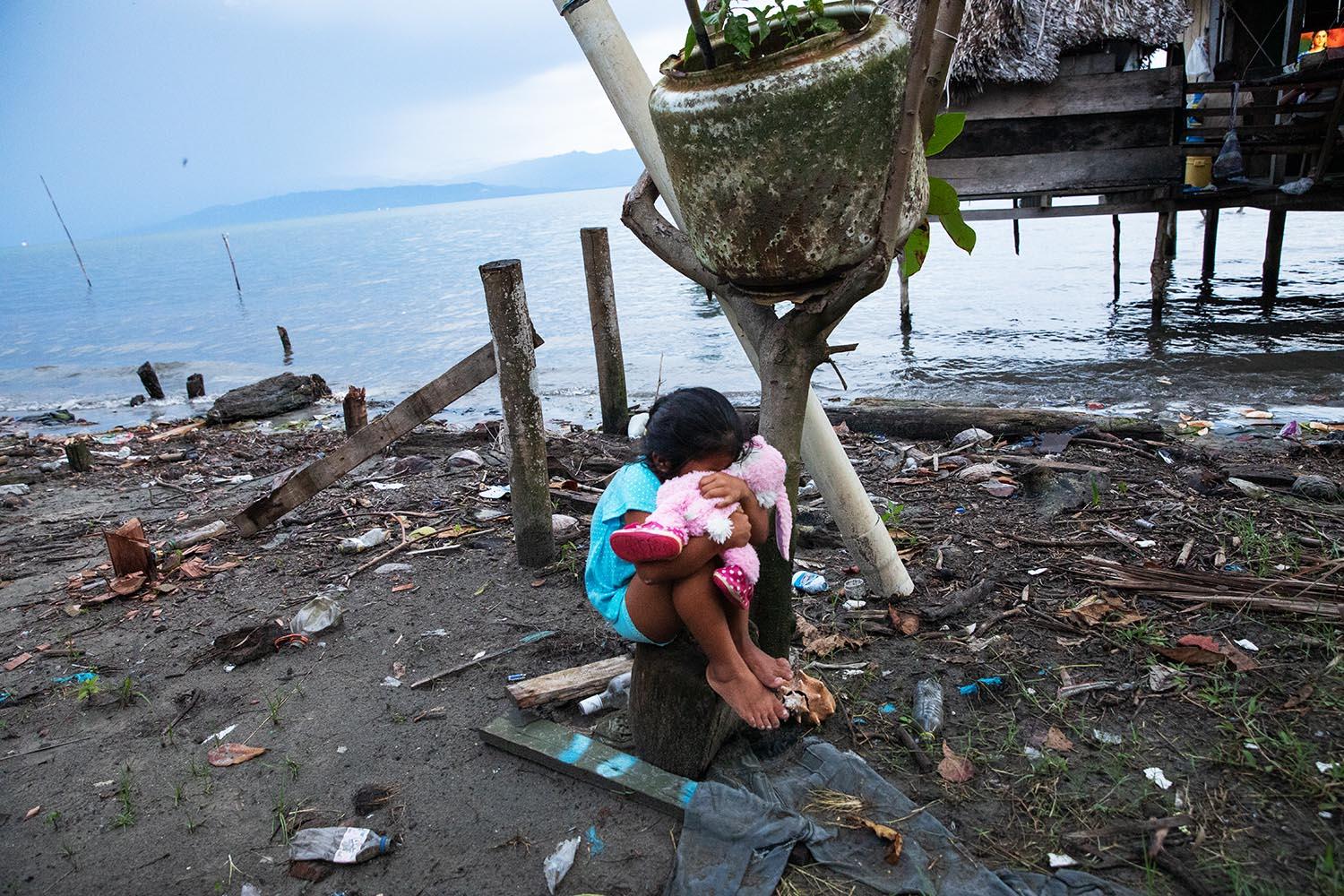
Indigenpus Ngäbe girl at the beach of her commnunity. Cayo de Agua...
READ ON
Indigenpus Ngäbe girl at the beach of her commnunity. Cayo de Agua Island. Bocas del Toro. Panama. Most of the beaches of the communities are full with plastic and waste. They always have been self-sufficient, receiving help from the outside generate more plastic and they don’t have any environmental education around recycling.
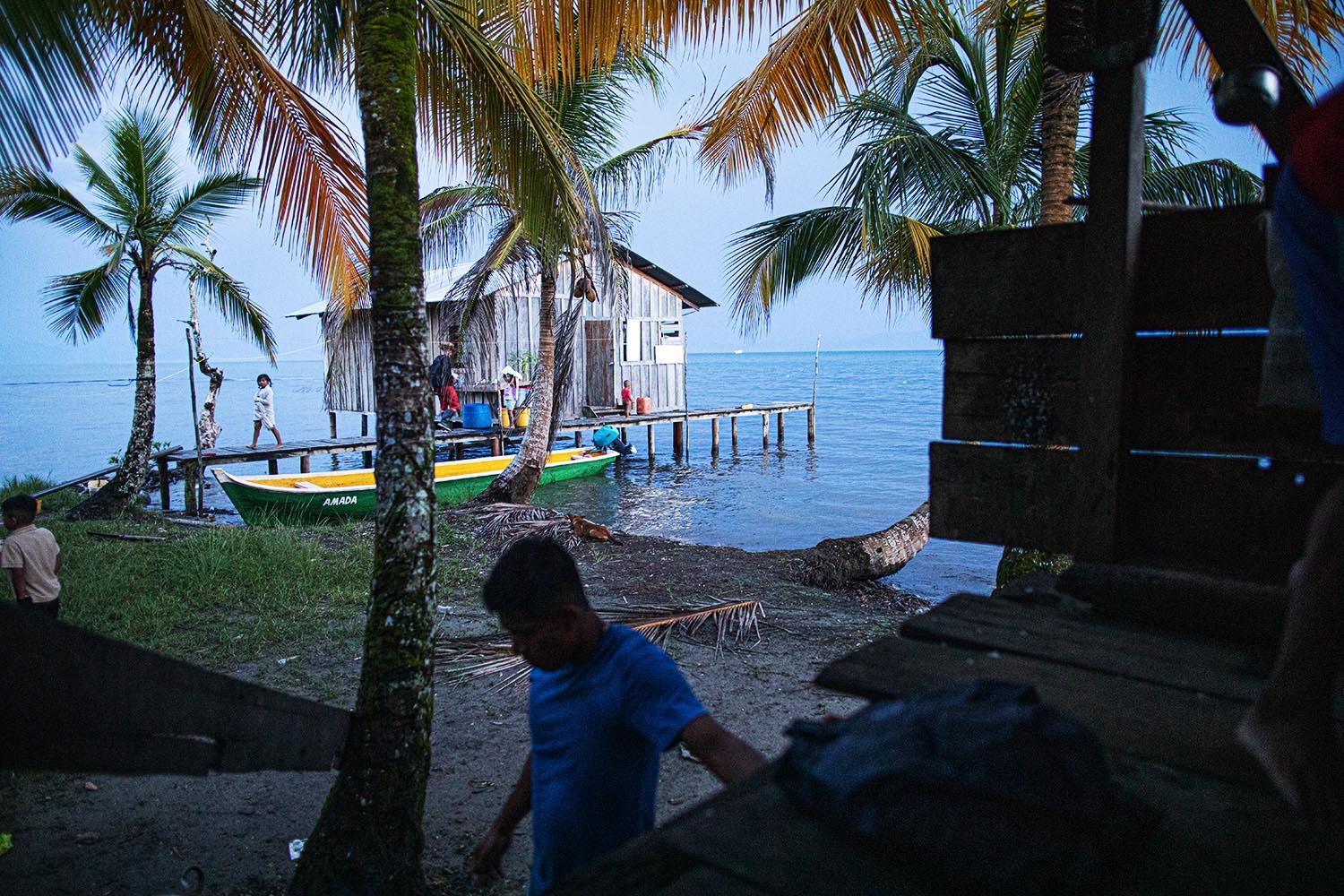
Housing at Cayo de Agua Island. Bocas del Toro. Panama. All the houses are...
READ ON
Housing at Cayo de Agua Island. Bocas del Toro. Panama. All the houses are built with local materials.
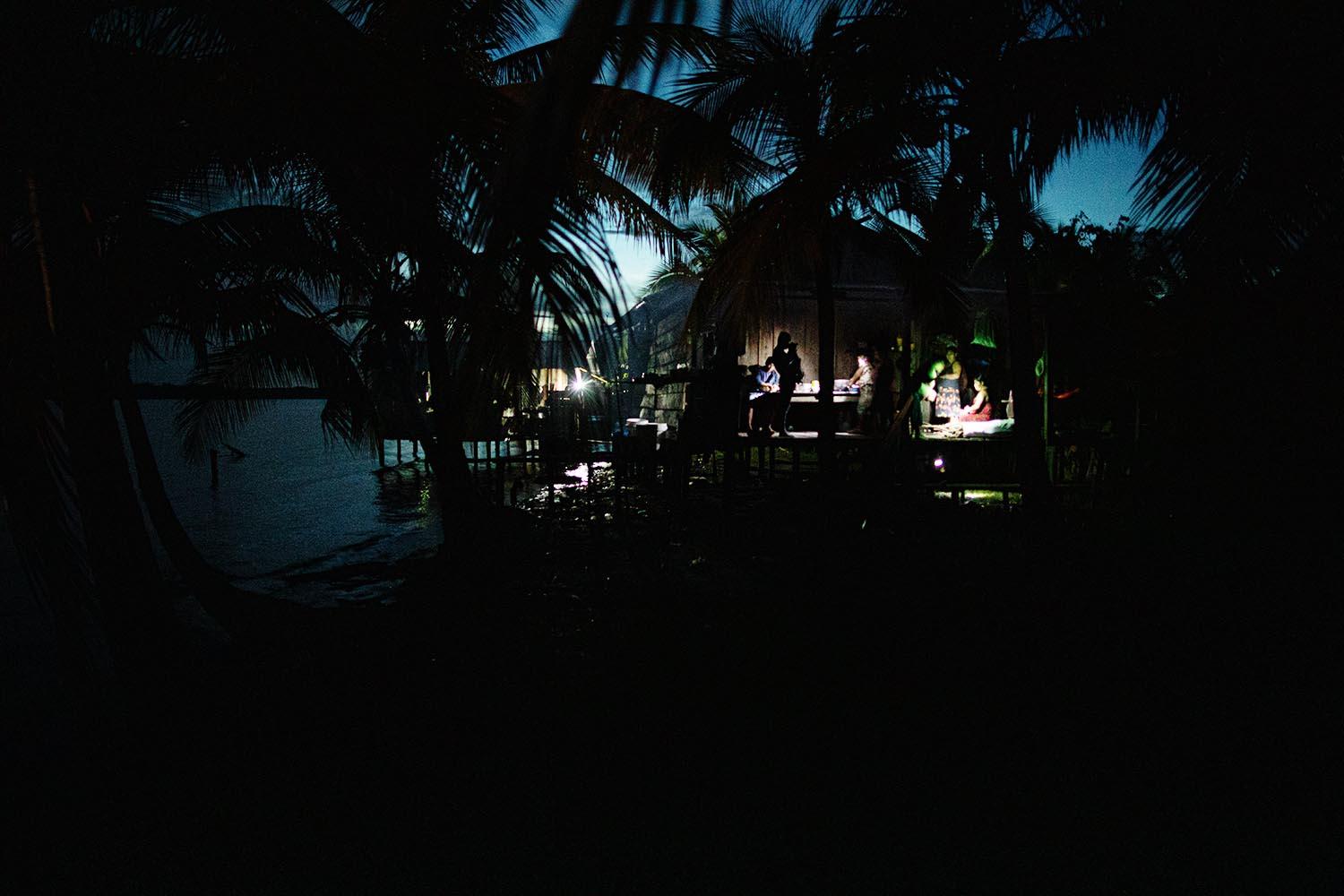
Cayo de Agua Island. Bocas del Toro. Panama. These region of the Caribbean...
READ ON
Cayo de Agua Island. Bocas del Toro. Panama. These region of the Caribbean lacks of electricity. Most of the communities depends on flashlights, solar panel and phone lights.
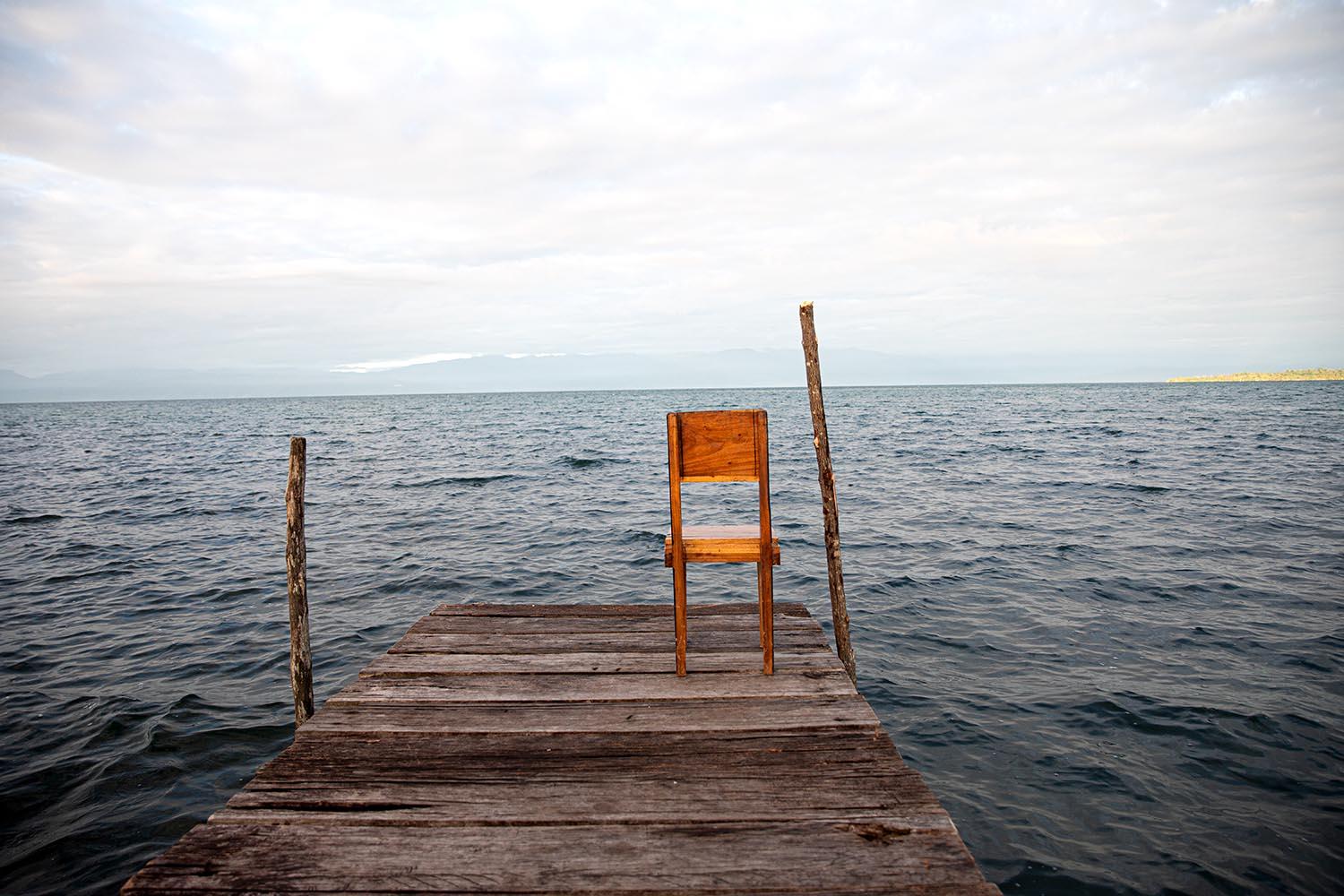
Cayo de Agua Island. Bocas del Toro. Panama. Some of these Islands shows high...
READ ON
Cayo de Agua Island. Bocas del Toro. Panama. Some of these Islands shows high rise sea levels and pollution. The Ngäbe people estimate a sea level increase of 6 m since 2012.
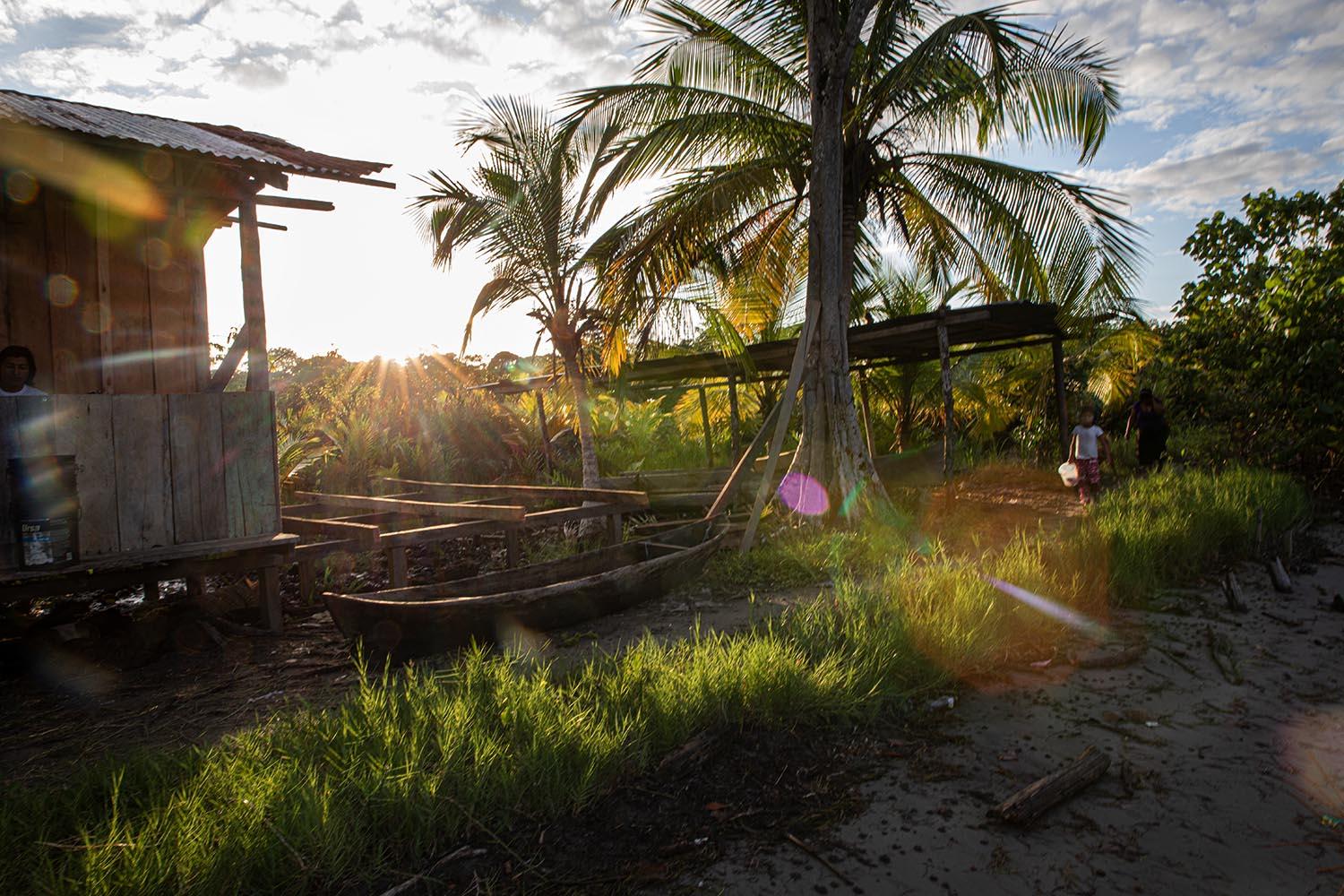
Cayo de Agua Island. Bocas del Toro. Panama. The main problem related to...
READ ON
Cayo de Agua Island. Bocas del Toro. Panama. The main problem related to climate change Ngäbe suffer from are sea rise, strong winds, less water available, infertile soil, half fish in the sea…
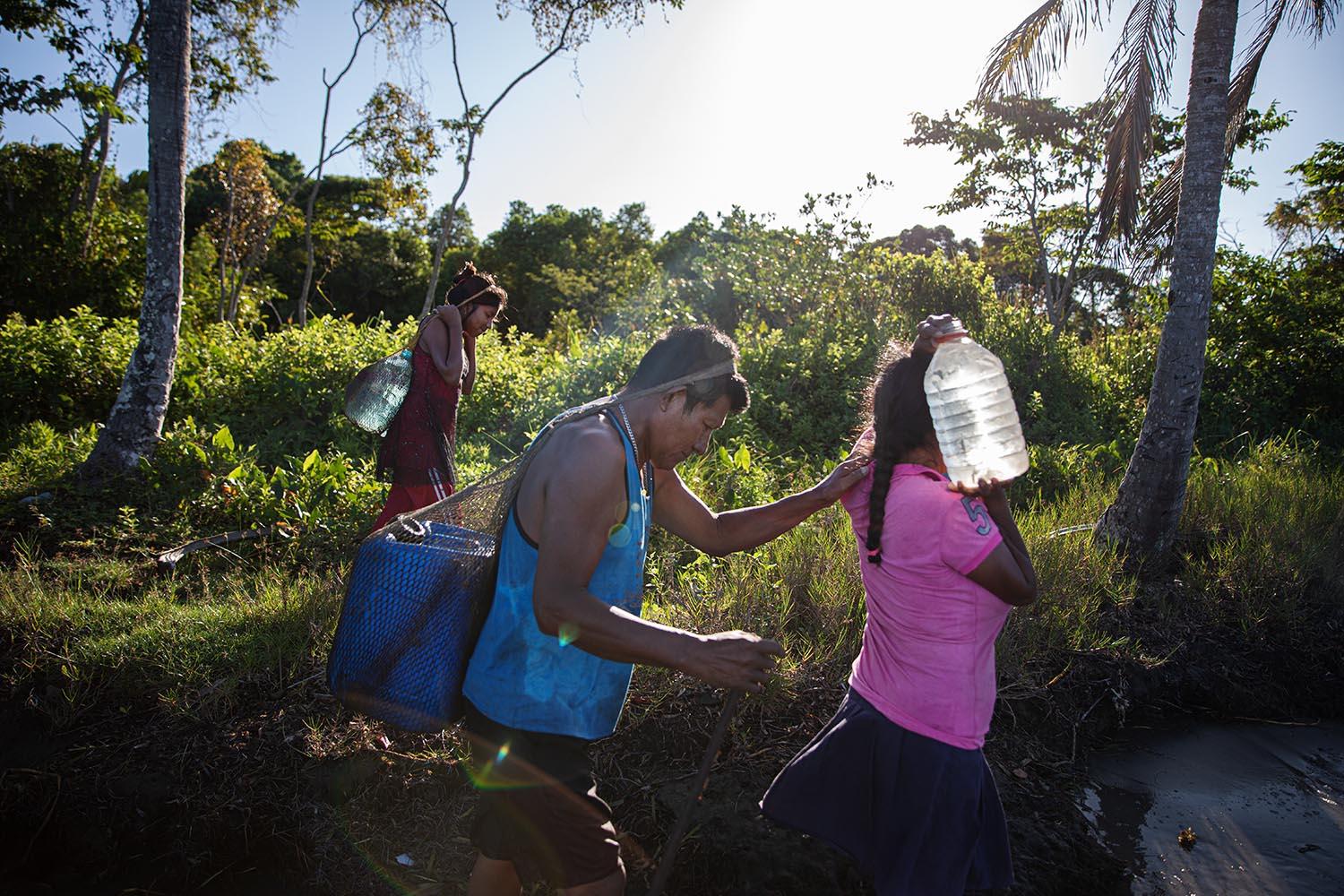
Ngäbe Indigenous women collecting drinkable water for their basic needs....
READ ON
Ngäbe Indigenous women collecting drinkable water for their basic needs. Cayo de Agua Island. Bocas del Toro. Panama. As daily routine these indigenous families spend most of their day collecting water from rivers or wells.
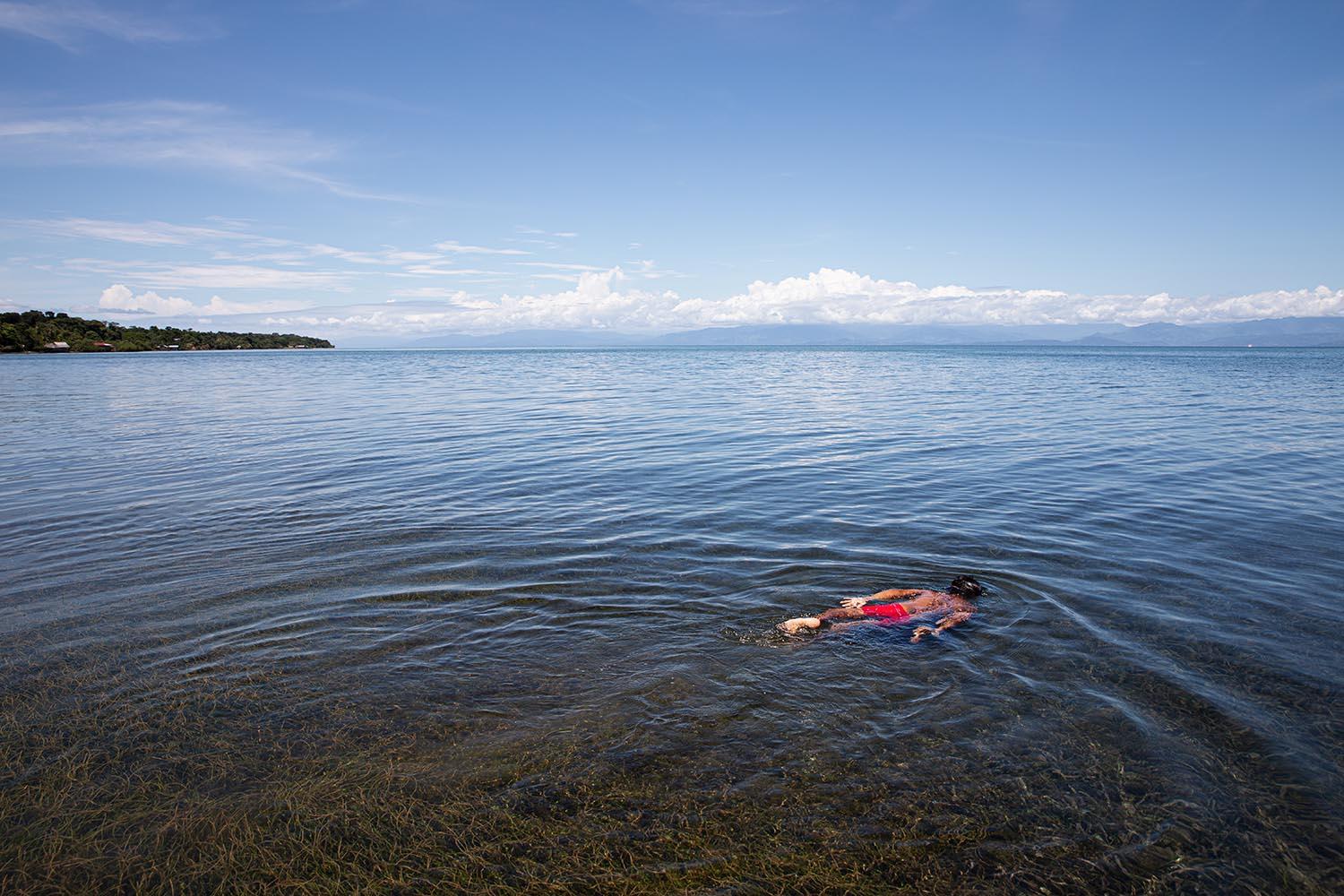
Cayo de Agua Island. Bocas del Toro. Panama. The Ngäbe people estimate a...
READ ON
Cayo de Agua Island. Bocas del Toro. Panama. The Ngäbe people estimate a sea level increase of 6 m since 2012. The community is mainly a fishing community. Lobsters, big snails and all kind of fish. But fish is missing…
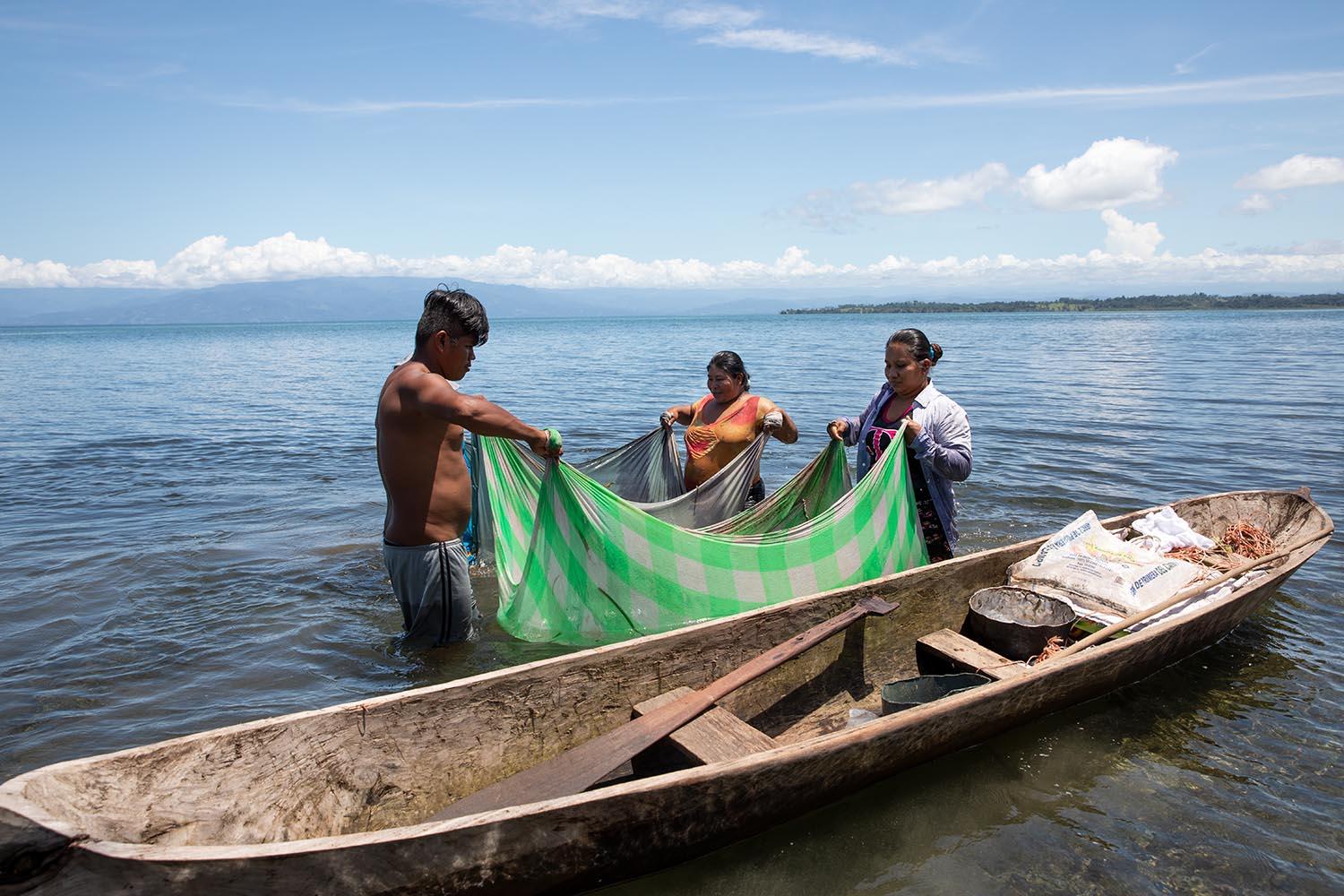
Cayo de Agua Island. Bocas del Toro. Panama. Fishing « sardinitas...
READ ON
Cayo de Agua Island. Bocas del Toro. Panama. Fishing « sardinitas », bait for bigger fish.
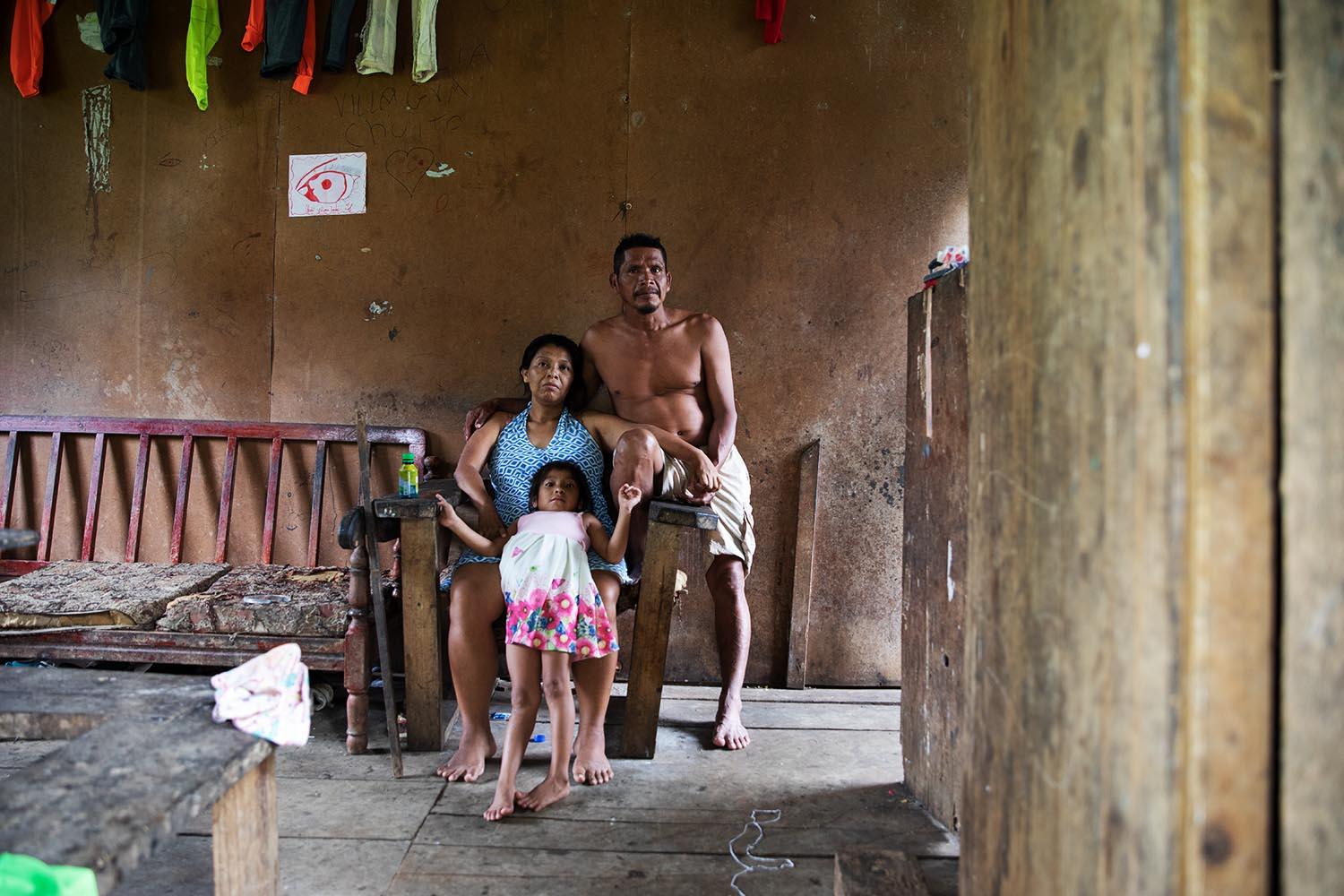
Solarte Island, Bocas del Toro. Panama. Anibal Chuito’s sister.
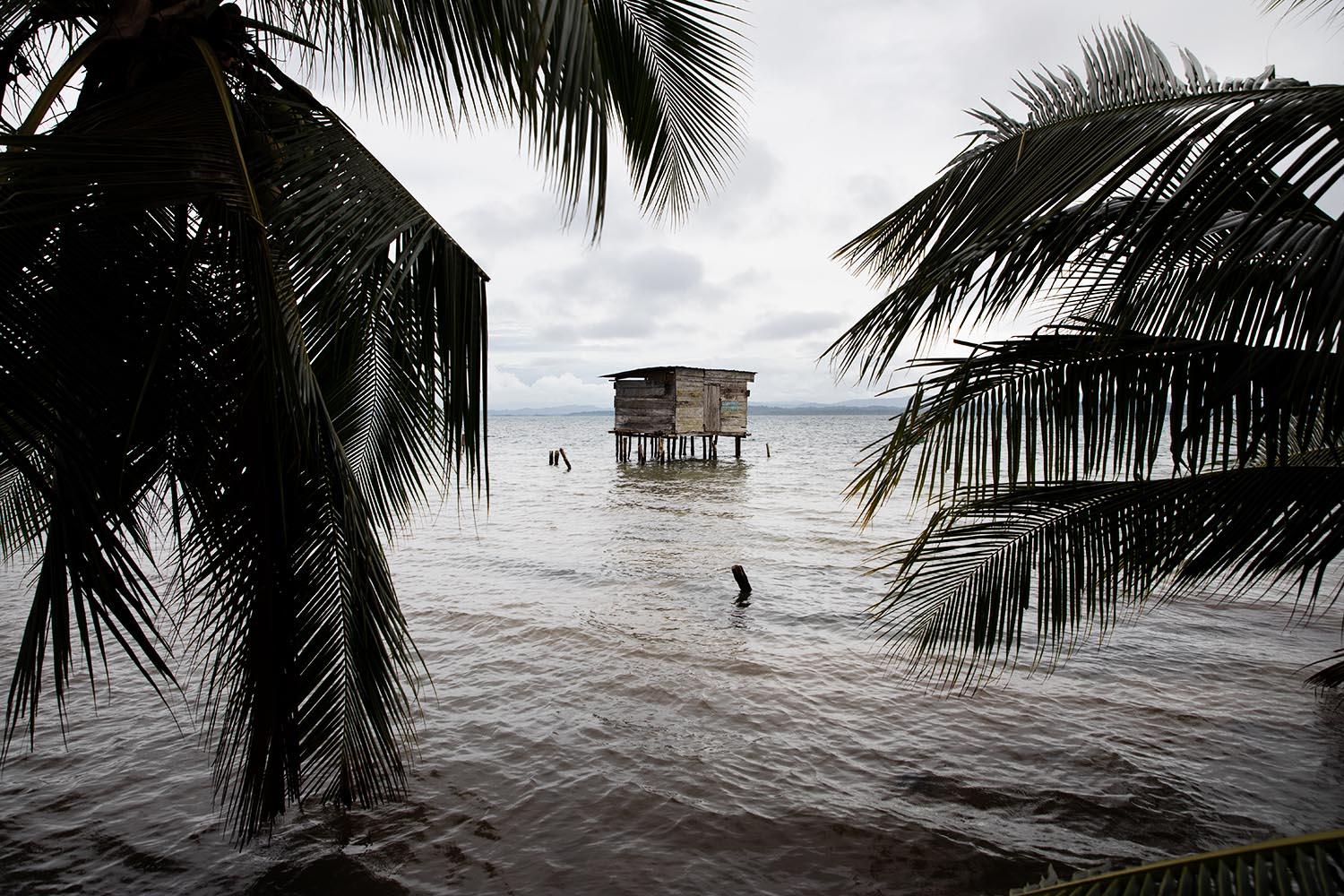
Solarte Island, Bocas del Toro. Panama. « the sea level reached this...
READ ON
Solarte Island, Bocas del Toro. Panama. « the sea level reached this house » says the grandma of all Ngäbe community in Solarte Island
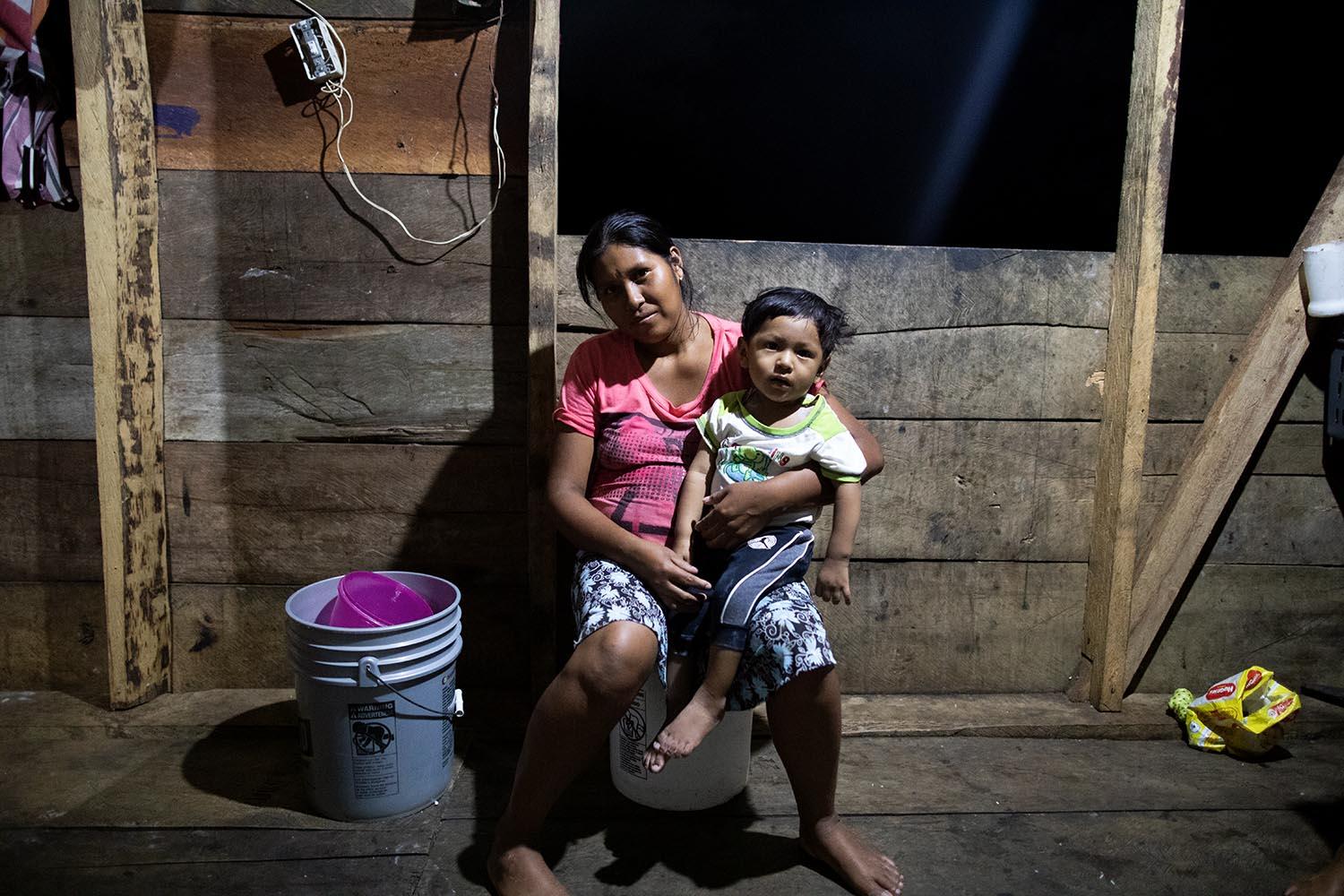
Mercedes Chuito, Anibal's daughter, Indigenous Ngäbe women. Solarte...
READ ON
Mercedes Chuito, Anibal's daughter, Indigenous Ngäbe women. Solarte Island, Bocas del Toro. Panama. Mercedes, like most of the indigenous women of the region suffer the isolation and lack of heathcare and basic services. She has 4 children and is pregnant of the 5th.
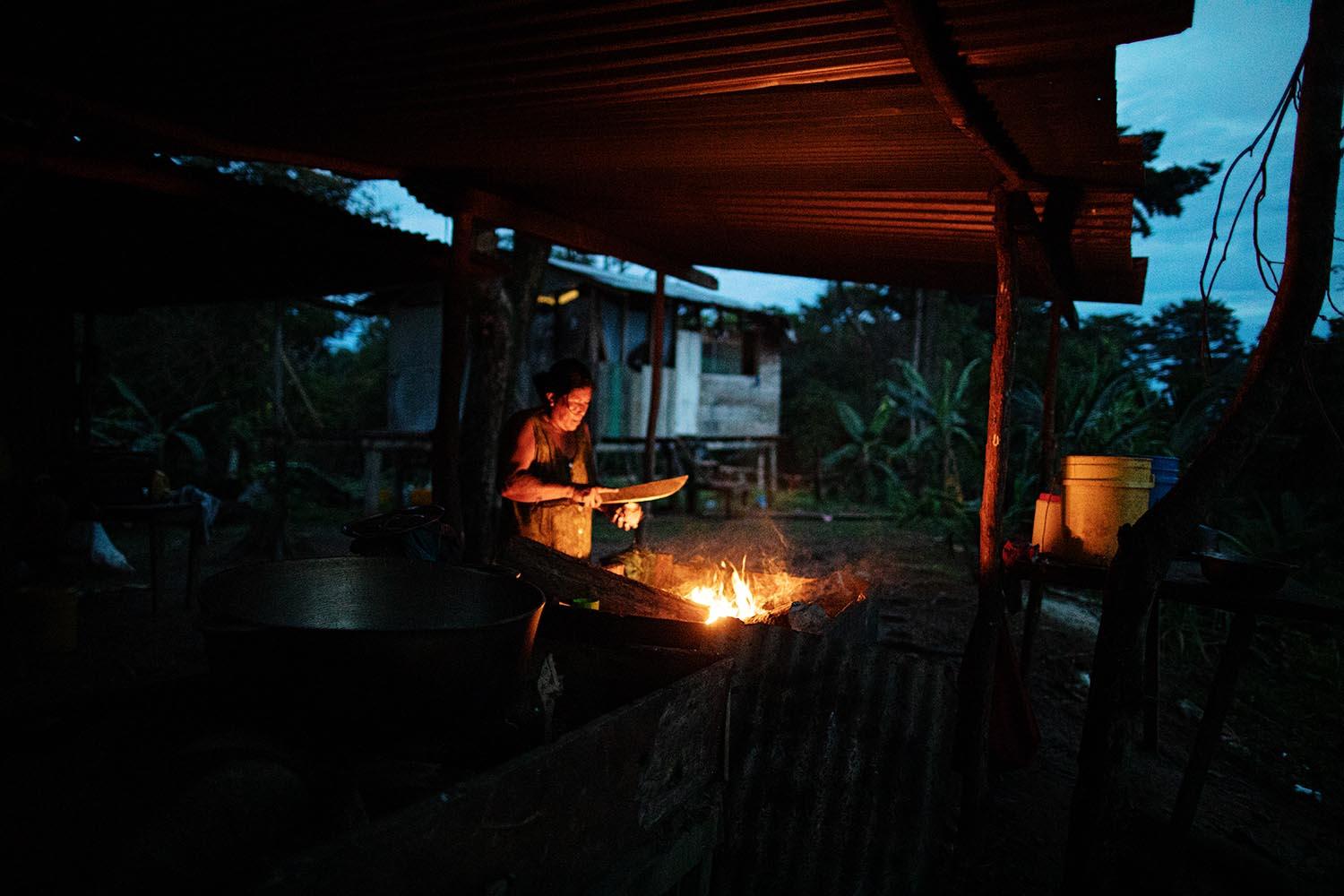
Dionisia Hooker cuts coconut with a machete early in the morning. Solarte...
READ ON
Dionisia Hooker cuts coconut with a machete early in the morning. Solarte Island. Bocas del Toro. Panama. She wakes up every day at 5am, before sunrise, to cook coconut buns. She sells them at Almirante, on the mainland, to support her family.
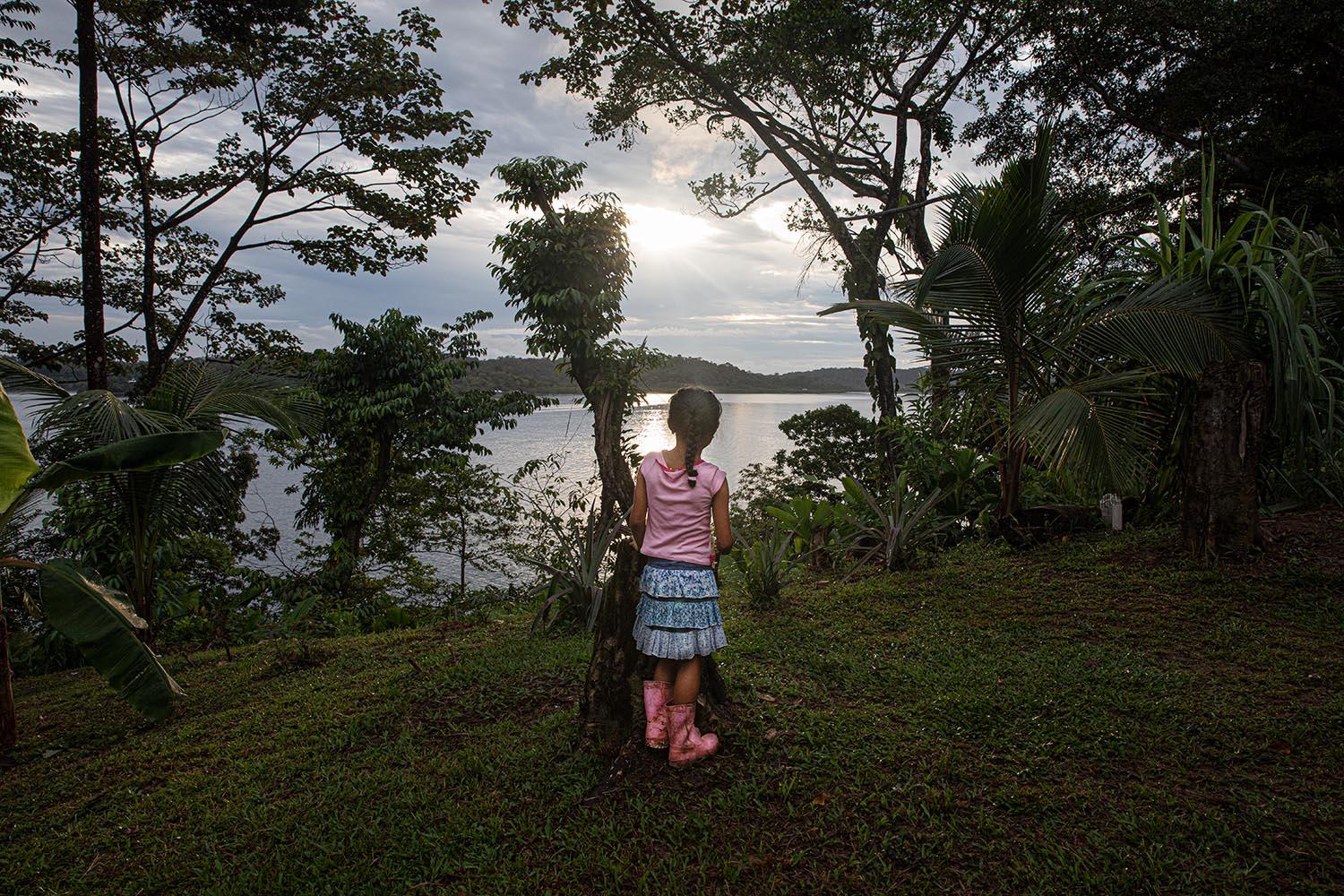
Solarte Island. Bocas del Toro. Panama. The view from Anibal Chuito’s house.
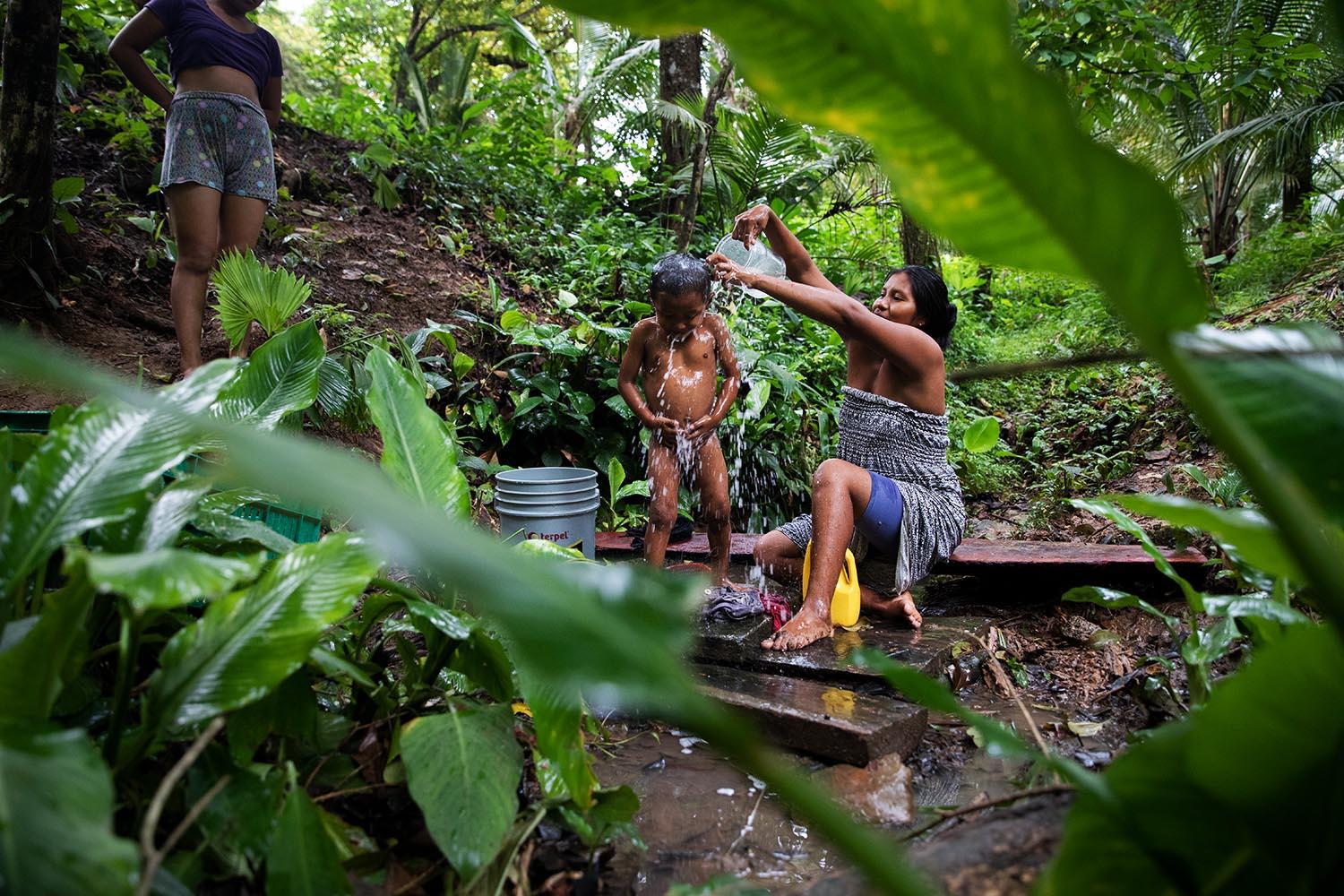
Solarte Island. Bocas del Toro. Panama. Mercedes is washing the children as...
READ ON
Solarte Island. Bocas del Toro. Panama. Mercedes is washing the children as well as hand laundry the family clothes as everyday. There are 3 different small wells to do so in the community.
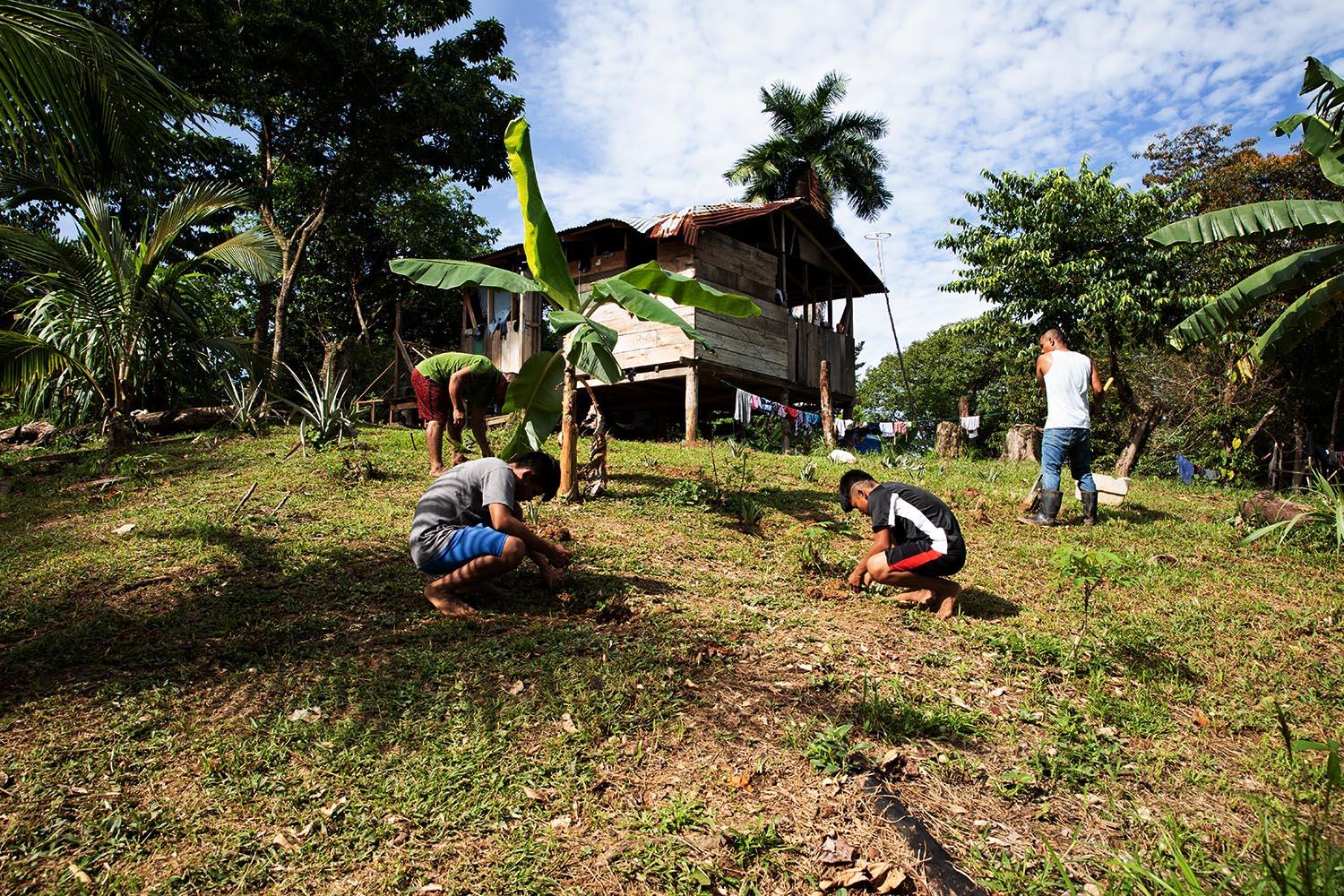
Solarte Island. Bocas del Toro. Panama. Chuito’s family are plant...
READ ON
Solarte Island. Bocas del Toro. Panama. Chuito’s family are plant pineapples. Rare fruits and vegetables grow on their land





















